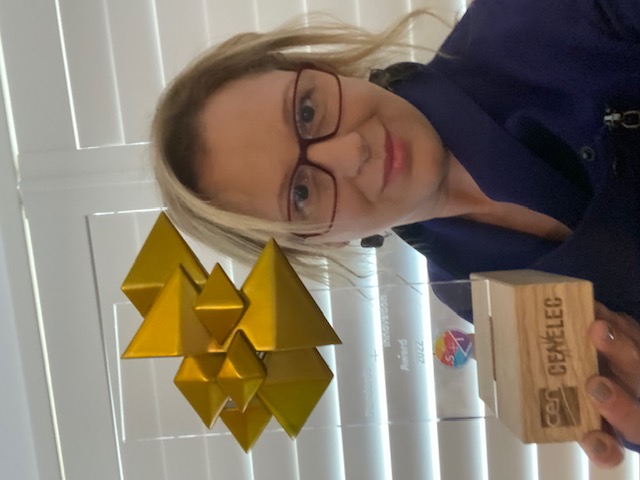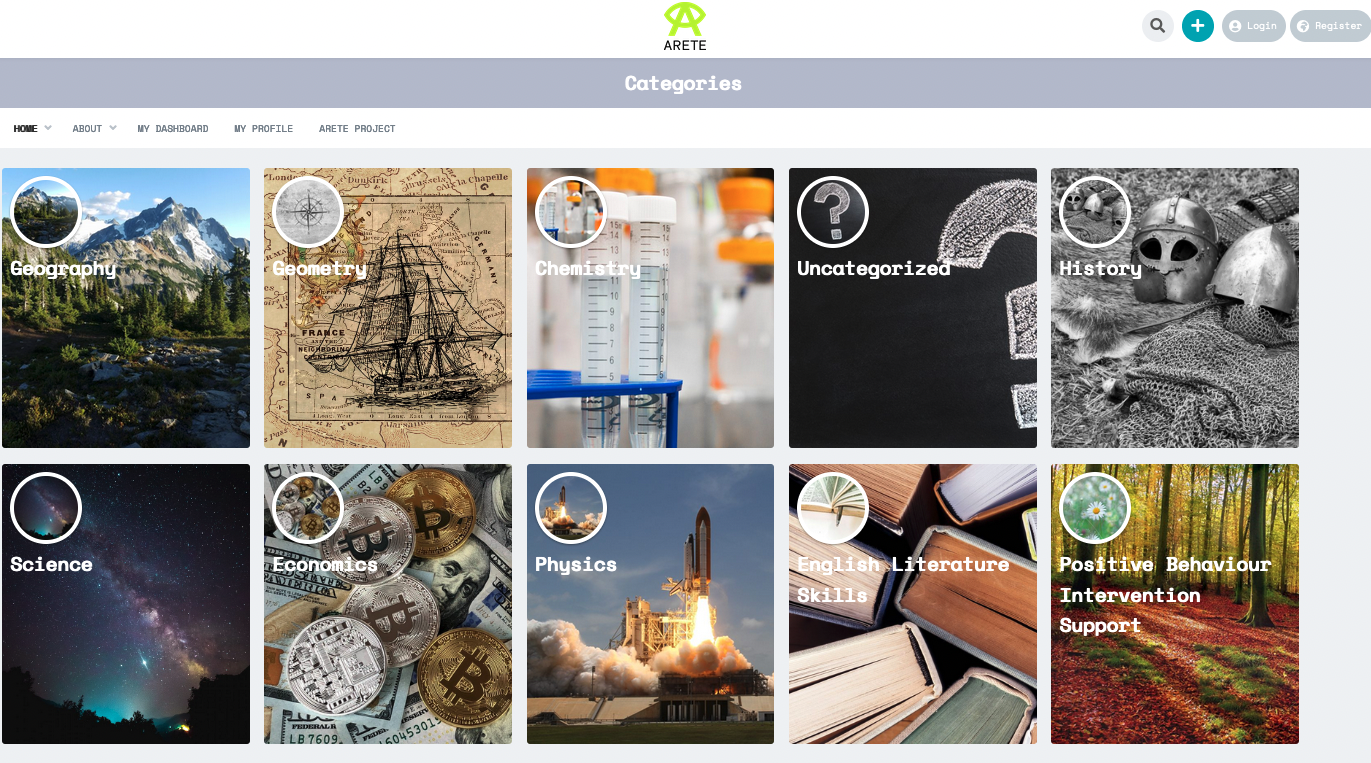Erasmus+ STEAM4LIFE e-Course 2: Interactive learning modules for Higher Education Educators
STEAM4LIFE focuses on empowering Higher Education students (with a focus on women) to actively engage in the STEAM field, while promoting higher educational institutes in building their capacity to implement innovative STEAM activities and approaches. This will help to empower and encourage women in the STEAM field, enhancing their confidence and self-esteem and positively affecting their future career choices.
Students will learn about the following topics:
Module Topic 1: Identify the basics of the STEAM approach.
Module Topic 2: Methods and strategies to address implicit and systemic gender biases in STEAM.
Module Topic 3: Explore how to encourage and support female students in STEAM careers.
Module Topic 4: Mentoring as an efficient approach to address the gender gap in STEAM.
COURSE LEARNING OUTCOMES
Workload: 4 ECTS
By completing this course, participants will achieve learning outcomes and learn skills such as:
The basics of the STEAM approach.
How to address gender inequalities in STEAM careers and HE.
How to encourage and mentor female students to address the gender gap in STEAM.
Module Topic 1: 1 ECTS (20 hours)
Module Topic 2: 1 ECTS (20 hours)
Module Topic 3: 1 ECTS (20 hours)
Module Topic 4: 1 ECTS (20 hours)

